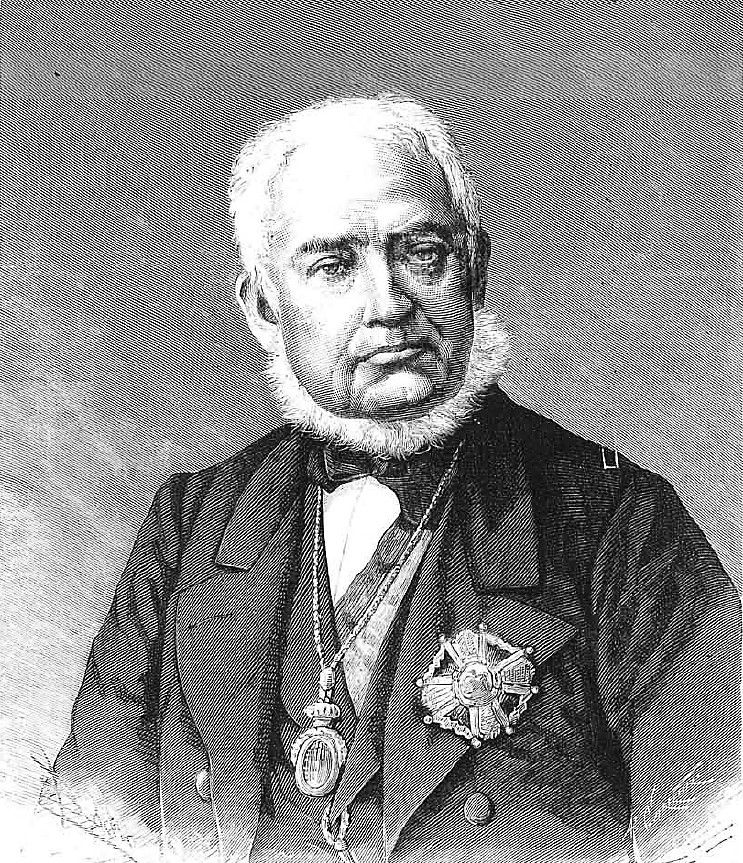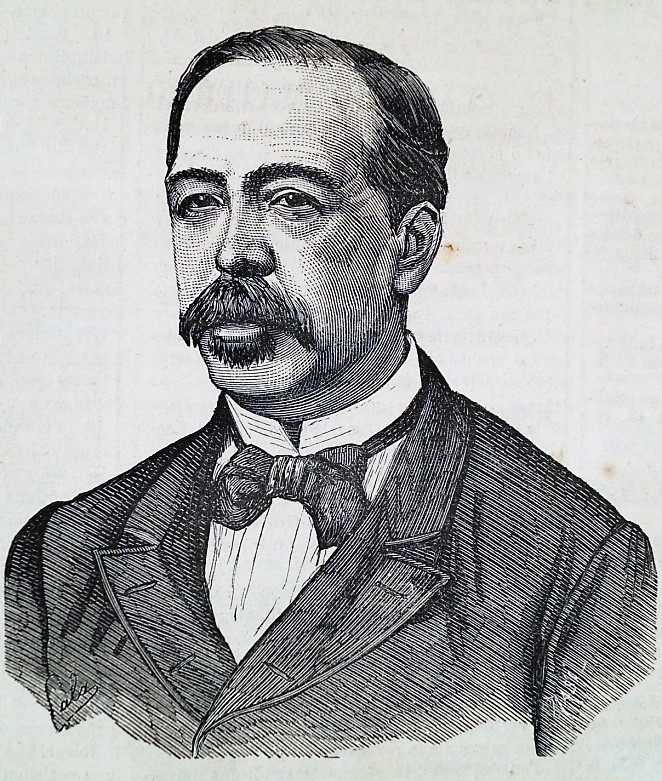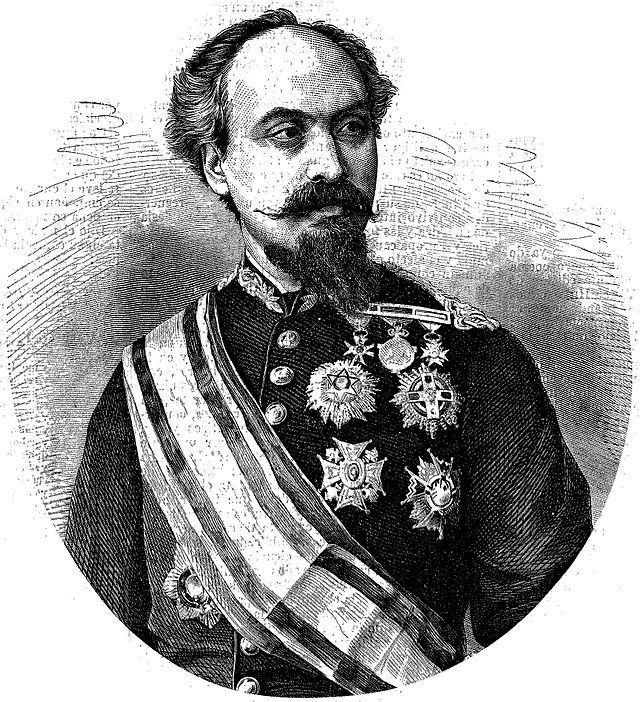Other characters
Thanks to the continuous research work and all the documents that, little by little, are coming to light. In this section we will regularly add those characters who, at the time, were related to the Olavide Museum as well as its most important people.

Pedro González de Velasco
He was born on October 23rd, 1815 in Valseca (Segovia) and died in Madrid, on October 21st, 1882.
Famous doctor and anthropologist, he founded the Museum of Anatomy (1875), currently known as the National Museum of Anthropology where some of his collections are stored.
Of humble origins, he soon had the opportunity to travel to Segovia, a place where he would learn Latin and earn some money as a soldier.
During the First Carlist War, Velasco was mobilized as a soldier in the 100,000-man conscription of Mendizábal. Six years later, when the battalion dissolved, he arrived in Madrid in absolute misery.
After many efforts and multiple jobs, he obtained the title of practitioner, followed by that of surgeon, doctor, and finally, the Chair of operations Management in the Faculty of Medicine at the Central University, now the Complutense University of Madrid.
From the beginning of his career he dedicated himself to the study of anatomical sculptures, collecting numerous pieces of anthropology and ethnography. He was a prolific writer, producing work on various medical topics, especially anatomy, surgery and clinical cases, but also on museology, politics and social issues.
González Velasco is also remembered for some of the smear campaigns that surrounded him, in particular, that of his daughter Conchita, who died of typhus at the age of 15. The legend tells the story that the famous doctor never accepted her loss by embalming her and taking her for walks. Although for a long time it was believed that his mummy remained in the Faculty of Medicine in Madrid, the truth is that a recent study refutes this, indicating that they are found in the family burial plot in the San Isidro cemetery in Madrid.
José Díaz Benito
He was born in Nambresa (Toledo) in September 1824 and died in Madrid on December 1890.
Although his professional life is military, Díaz Benito stands out for his works related to venereology and, especially, for his Atlas de Enfermedades Venéreas y Sifilíticas (Atlas of Venereal and Syphilitic Diseases).
He was a shrewd clinician who achieved great success by being appointed chamber physician to Amadeo I of Spain.
Between 1862-65 he published the Atlas of Venereal and Syphilitic Diseases based on colored photographs taken of the models of patients admitted to the Military Hospital and the San Juan de Dios Hospital. Previously, in 1861, he had presented a sketch of this atlas in Paris for the Academy of Surgery to consider, and he also presented it to illustrious venereologists of the time such as Richard, Cullerier and Ricord.
In 1853 he entered the Spanish Military Medical Corps as the first in his class, where he developed an extensive military career.
In 1874, Olavide made a report at the request of the National Royal Academy of Medicine about Díaz Benito’s Gabinete Anatómico to propose that the state acquire it, destined for the Medical Schools of the Kingdom. Finally the collection was acquired by the State in 1879 and some of the figures can be seen at the Faculty of Medicine in Madrid.
He entered the Royal Academy of Medicine in May 1874 as a full academic with the speech ‘De la herencia en Medicina y de las enfermedades que se heredan’ (‘About inheritance in Medicine and diseases that are inherited’) and occupied chair 36. He was also President of the Spanish Medical-Surgical Academy.


Cesáreo Fernández Losada
He was born in Celanova on June 26th, 1831 and died in Barcelona on April 11st, 1911. He was a Spanish military doctor, surgeon, scientist and founder of the Spanish Military Health School.
He graduated in Medicine from the Central University, in 1856 he entered, as the first in his class in the Spanish Military Health Corps. As a scientist, it is worth mentioning that he was the founder of the Anatomical Museum of that hospital and the Bacteriological Institute. As a soldier, between 1858 and 1860 he participated in numerous military campaigns in Morocco, which earned him two promotions for war merits.
In his biography, Fernández Losada mentions that he was a doctor to the Royal Chamber of Isabella II of Spain, where he treated, among other personalities, General O’Donnell in the Moroccan campaign and General Prim in his agony.
He also dedicated himself to politics, being elected deputy to the Cortes in 1867 for Orense and in 1868 for Celanova, which allowed him to promote and propose actions and reforms in matters of health in the Army.
